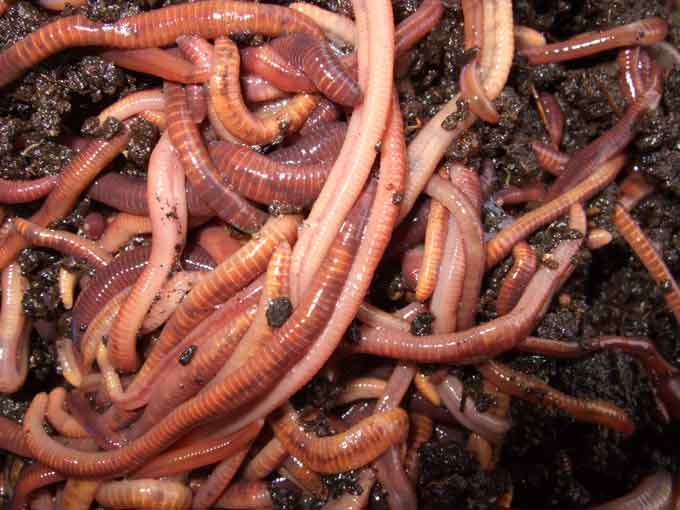Tuesday, May 31, 2011
Final blog
In Biology, I was able to achieve a more hard working statis. It gave me dozens of work that made me felt like a working man and that i allowed me to be satifsfied since doing work gave me appreciation of myself and my abilities. Although Ive done well in homework, I've done incredily bad in benchmarks. Benchmarks were not easy for me since it required alot of studying time which I was incapable of doing. However whether i succeed or fail in Biology, I will always remember the experience that i have learned in dissections. The dissections were actually quite intirguing and fun while at the same time enabling me to anticipate even more for it every week.
Blog 15 Compare two of the organisms that we have dissected Discuss at least 2 similarities and 3 differences
Both the frog and the rat were eerily similar to each when disssecting. They were both very difficult to cut open. The frog and rat had internal skeletons, but were still diffciult to cut. However, the rat had hair all over it and its was definitely even more strange when it had preservatives on it. The frog was only covered in slime and gave off a very disturbing aroma.
Thursday, May 19, 2011
Blog 14 Compare two of the organisms that we have dissected Discuss at least 2 similarities and 3 differences
Both the crayfish and the grasshopper have similar outer hard shell and antennas attached to their heads. However there are many other differences between them. Their differences would be that Crayfish are classified as decapod crustaceans. This is the same familygroup of invertebrate crustaceans that includes prawns, lobsters, crabs and shrimp. Crayfish are also readily identifiable by the large set of pincers that stretch out in front to help them find and eat food. On the other hand, Grasshoppers have a body divided into three parts: head; thorax; and abdomen. Three pairs of legs grow from the thorax. Grasshoppers possess a sturdier set of front wings that protect the rear wings from accidental damage. Grasshoppers are herbivores that often eat vegetation indiscriminately.
Thursday, May 5, 2011
Blog 13 What was most interesting about this week's dissections?
This week's dissection had crayfish and worm. Much to my surprise, a worm has many aspects relating to humans. Their organs seem awfully similar to us, but of course, lack in size. The amount of organs were not alot. Their smell were from urine coming out of their skin. Crayfish ,on the other hand, is also very similar to the worm. They both have to rely on sense of touch since their visions are not very well, but what they lack in vision, means enhanced senses.
Blog#12 What surprised you from the worm's dissection?
Dissecting a worm had never been so gruesome. I clearly had no idea that dissecting a worm would involve peeling both sides of its skin off. Next thing you know, huge gushes of mud pours out from its interior and an aroma starts to consume the air. No longer could I stand it, but I convinced myself to get over with it and complete this difficult dissection. I was able to witness its organs, brains, and its heart actually very much resembled a human one.
Blog #11 Get a picture of alternation of generations put it in your blog and explain how it relates to plants
All plants undergo a life cycle that takes them through both haploid and diploid generations. The multicellular diploid plant structure is called the sporophyte, which produces spores through meiotic division. The multicellular haploid plant structure is called the gametophyte, which is formed from the spore and give rise to the haploid gametes. The fluctuation between these diploid and haploid stages that occurs in plants is called the alternation of generations. The way in which the alternation of generations occurs in plants depends on the type of plant.
Subscribe to:
Comments (Atom)










